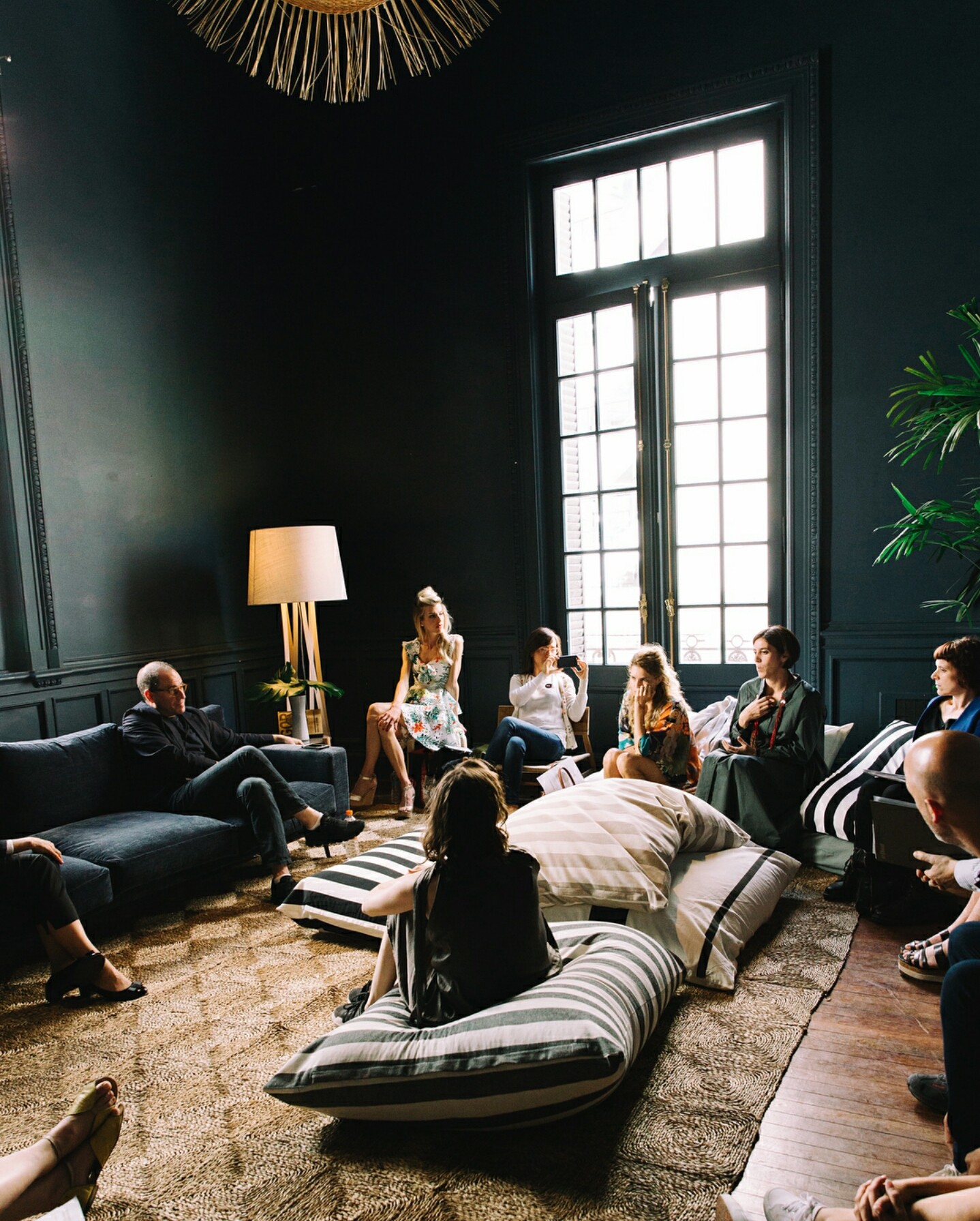“The format of the [Parallel Rooms] talks, I predict, will be adopted by other platforms as it really encourages proper dialogue that is meaningful and not superficial,”
- Azu Nwagbogu, Director, African Artists' Foundation, Lagos, Nigeria [quoted from Art Basel].

